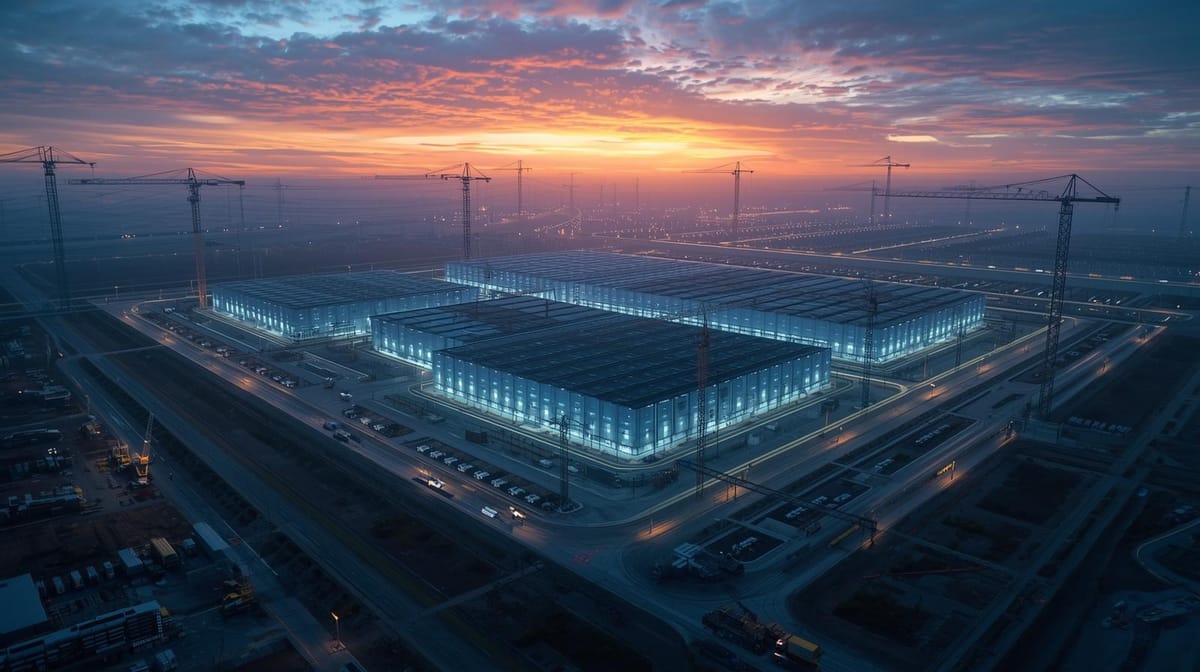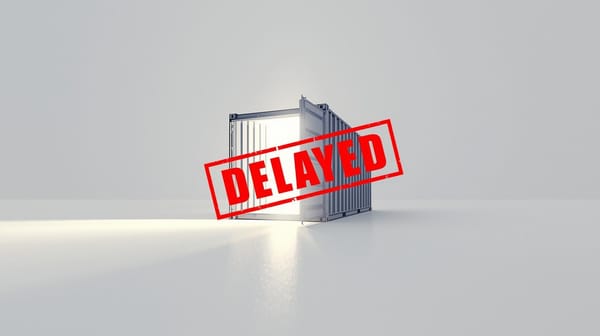Beyond the Boom: How Today’s Data Center Investment Surge Tests the Limits of Capital
Data centers are powering nearly all U.S. GDP growth — but the boom may be testing the limits of capital itself.

Introduction
In the first half of 2025, data center construction and related infrastructure spending accounted for nearly 92% of U.S. GDP growth, despite representing only 4% of the total economy.
That single data point captures the scale of the digital buildout underway.
But beneath the surface of this historic expansion lies a mounting tension: capital is outpacing capacity.
The same enthusiasm that once powered the internet bubble now fuels an infrastructure gold rush — only this time, the assets are tangible: megawatts, megabits, and megadeals. Yet even physical booms can overextend.
The Boom That Built the Quarter
Trillions of dollars are flowing into hyperscale and colocation campuses from Virginia to Phoenix, Dublin to Osaka.
Hyperscalers are announcing record capex budgets; REITs are refinancing at scale; private equity and pension funds are carving out new “digital infrastructure” allocations.
Every press release reads like a victory lap. But investors should remember: the data center economy isn’t just growing — it’s concentrating.
Five companies now drive most of the world’s AI and cloud demand. Their spending has become a leading economic indicator in itself. When one slows, the entire ecosystem — construction firms, component suppliers, and regional tax bases — feels it.
The First Warning Sign: Overbuilding Risk
For now, demand exceeds supply almost everywhere. Vacancy rates are at record lows.
But that same imbalance is pulling forward speculative development — projects launched on power reservations or land options that may never fully monetize.
Private funds and new entrants are especially vulnerable. Many underwrite assuming tenant absorption at hyperscaler speeds, but few account for multi-year interconnection delays or permitting risk.
History’s lesson: every great infrastructure cycle ends not with a crash, but with capital trapped in unfinished projects.
The Second Warning Sign: Local Resistance
Communities that once welcomed data centers for jobs and tax revenue are starting to push back.
Counties in Northern Virginia and the U.K. have paused new approvals over land use, water draw, and noise concerns.
The irony is that local resistance is strongest precisely where infrastructure is best — near existing transmission, fiber, and substations.
That means the markets with the strongest fundamentals now face the longest political queues. For investors, this translates into time risk — and in project finance, time is money on fire.
The Third Warning Sign: Energy and Grid Limits
Every new megawatt of compute demands a megawatt of power, and those electrons have to travel through an aging grid.
Regional transmission operators are already swamped: PJM’s interconnection queue exceeds 300 gigawatts. ERCOT is chasing summer peaks with record curtailments.
Without massive grid investment, some “power-rich” markets may prove stranded — land and substations without deliverable capacity.
That’s why the next competitive moat isn’t acreage or megawatts, but transmission readiness.
What the Market Is Getting Wrong
Analysts debating a “data center bubble” are looking in the wrong place.
It’s not that demand will disappear — AI, cloud, and edge workloads are real. The risk is mis-sequenced capital: too much money chasing sites that can’t be energized, approved, or staffed fast enough to produce cash flow.
That mismatch doesn’t crash industries; it quietly erodes returns.
The projects that endure will be those aligned with physical and regulatory realities — not just financial enthusiasm.
The Opportunity Amid Constraint
For patient capital, this moment is fertile. Bottlenecks create pricing power.
Markets that appear expensive on a cost-per-megawatt basis may deliver higher long-term returns precisely because they can build legally, predictably, and on time.
That’s where The Datacenter Economist will focus in the coming weeks — introducing frameworks like the Permitting Premium and the Transmission Readiness Factor, tools to model these constraints as financial variables rather than anecdotes.
The digital economy’s growth engine is real — but so are its limits. And those limits are where alpha now hides.
Closing Insight
The data center boom isn’t a bubble — it’s a stress test of capital itself.
Every megawatt still matters, but the real race is to build in the few places where capital, policy, and physics can coexist.




